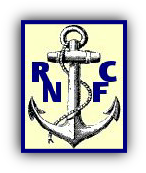
The Story of the
Holton Heath, Dorset, UK

Communications to and from RNCF
As important as the transport of the workers (which is dealt with under People) was the transport of many thousands of tonnes of freight each year. For instance the factory was using 2000 tonnes of paper each year to make nitrocellulose. Vast quantities of coal were needed to keep the steam raising plant, electricity generating station and gas works in operation. This was brought round from South Wales by collier to Poole and thence by rail to the RNCF sidings which extended to some 7km.
To deal with the shunting at least three 0-6-0 or 0-4-0 saddle tank engines were employed on site. These also took finished Cordite out to the pier for dispatch by water. Initially this was done by travelling up the main line for some 500m and then
Freight Transport
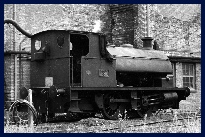
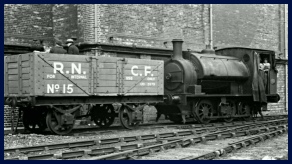
taking a branch to the pier at Rock Lea. As WWI progressed an embankment was built to allow private access to the pier via a bridge across the main line thus avoiding impeding main line traffic. The bridge still exists and the line of the embankment can still be followed though, sadly, the pier is long gone.
Coal for the water pumping station at Corfe Mullen was delivered down the Somerset and Dorset railway to two long sidings at the back of the pumping station. These were known officially as “Admiralty Sidings”.
By Dr Bob Dukes
In addition to the standard gauge tracks within RNCF there was an extensive narrow gauge system of 2ft 6in (0.76m) gauge. This reached every building and covered over 20km and used a variety of locomotives; fireless steam, diesel and battery electric were all used in various parts of the factory, depending upon the perceived risks. Each locomotive carried an instruction indicating areas where it was not to be used. Although the narrow gauge system was essentially for goods traffic it was occasionally used for the transport of VIP passengers.
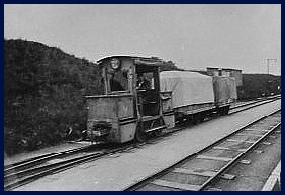
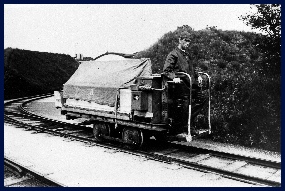
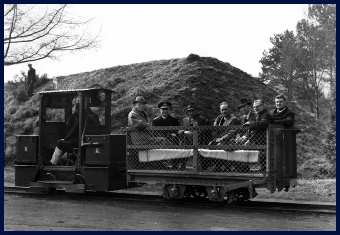
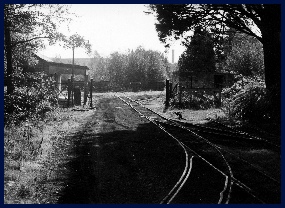
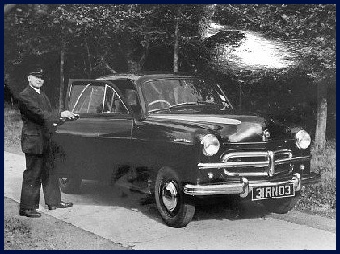
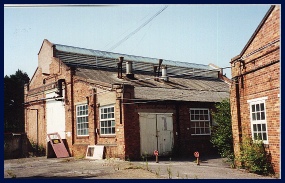
Loco Shed
The RNCF was allowed one motor car, and driver, to act as a staff car for the Captain Superintendent and to ferry VIPs to and from the railway.